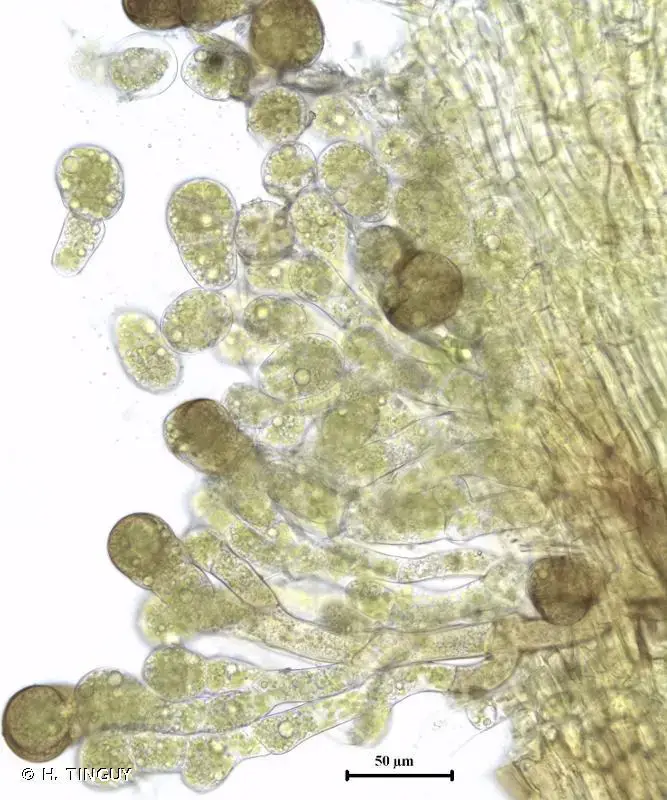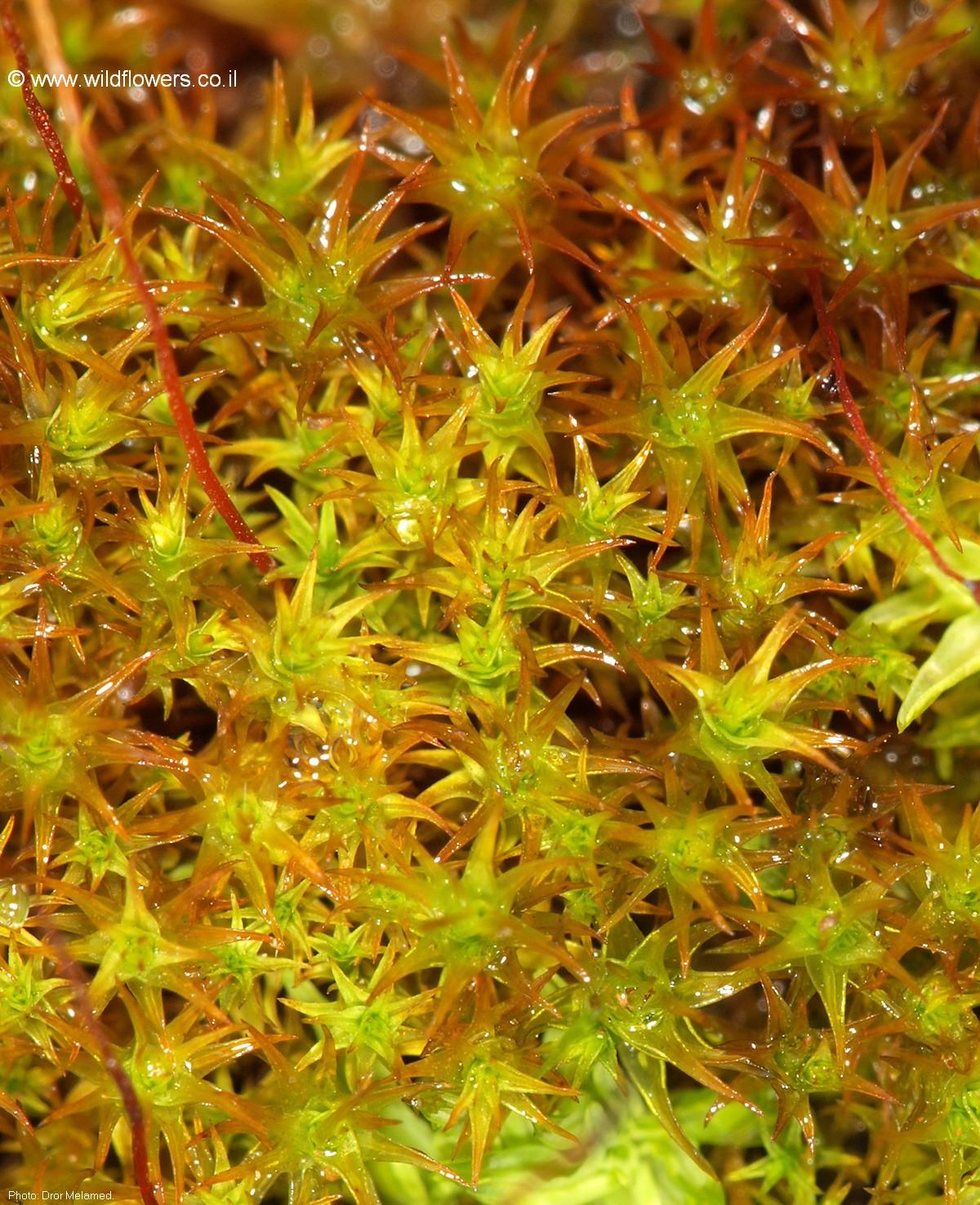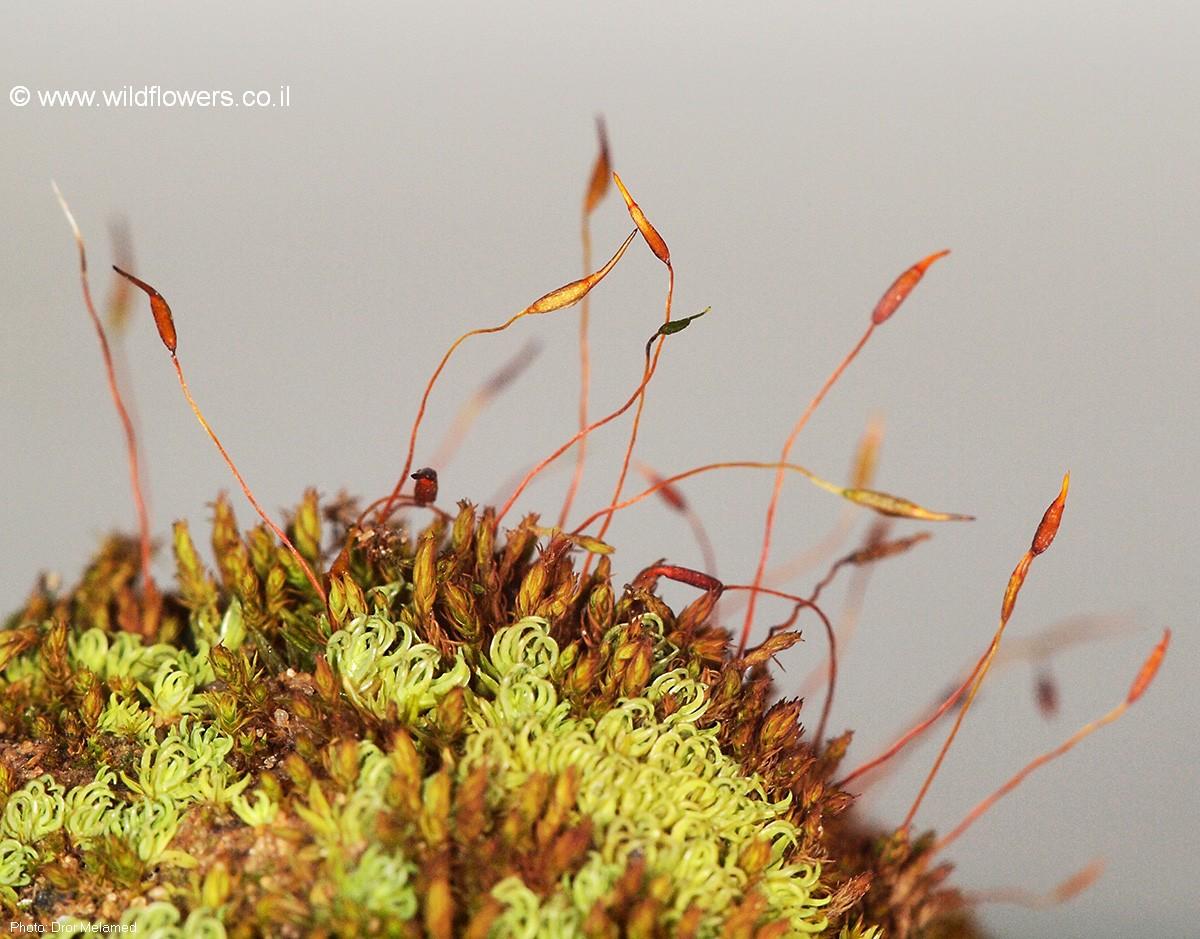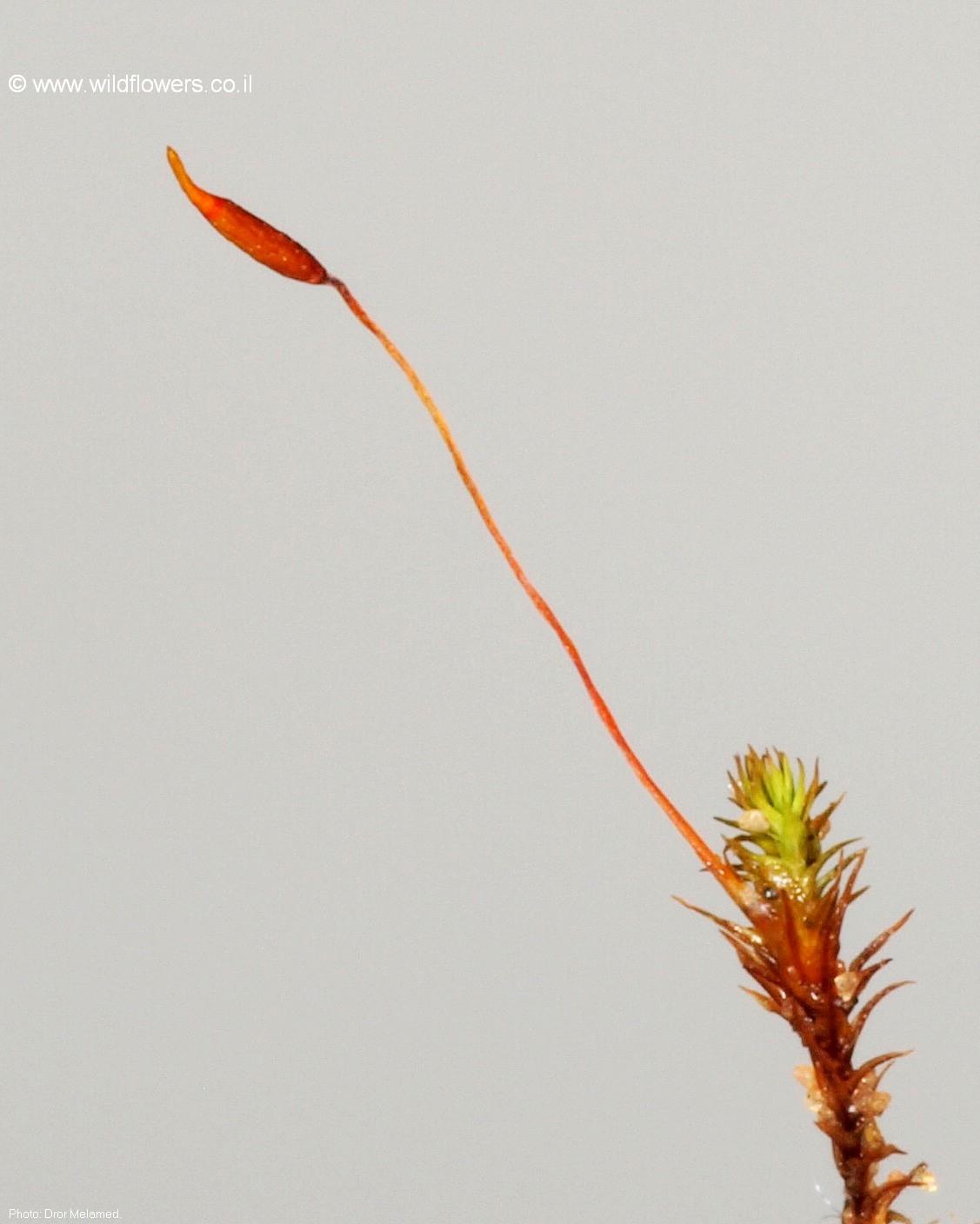
300357.jpg from: https://inpn.mnhn.fr/espece/cd_nom/5292
Introduction
In the vast and captivating world of

d_rigidulus1.jpg from: https://wnmu.edu/academic/nspages/gilaflora/didymodon_rigidulus.html
bryophytes

3210-l-4.jpg from: https://www.wildflowers.co.il/hebrew/picture.asp?ID=18679
, one particular moss species stands out for its resilience and adaptability – the Didymodon rigidulus Hedw., a member of the Pottiaceae family. Often referred to simply as Didymodon, this unassuming yet remarkable plant has captured the hearts of moss enthusiasts worldwide.
Background
Before delving into the intricacies of Didymodon rigidulus Hedw., it’s essential to understand the broader context of bryophytes. These non-vascular plants, which include mosses, liverworts, and hornworts, are among the oldest land plants on Earth, dating back over 400 million years. Despite their diminutive stature, they play a crucial role in various ecosystems, acting as pioneers in colonizing new environments and contributing to soil formation.

3210-l-1.jpg from: https://www.wildflowers.co.il/hebrew/picture.asp?ID=18677
Main Content
Morphology and Identification
Didymodon rigidulus Hedw. is a small, acrocarpous moss that forms dense, cushion-like tufts or mats. Its leaves are lanceolate to ovate-lanceolate, with a distinctive reddish-brown tint at the base. The leaf margins are often recurved, and the costa (midrib) is excurrent, extending beyond the leaf apex as a short, reddish-brown awn or hair-point.
One of the key identifying features of Didymodon rigidulus Hedw. is its capsule

3210-l.jpg from: https://www.wildflowers.co.il/english/picture.asp?ID=18676
, which is cylindrical to ovoid in shape and erect to slightly inclined. The capsule is borne on a reddish-brown seta (stalk) and is typically covered by a conical, long-beaked

3210-l-3.jpg from: https://www.wildflowers.co.il/hebrew/picture.asp?ID=18678
operculum (lid).
Global Distribution and Habitat
Didymodon rigidulus Hedw. is a cosmopolitan species, meaning it can be found on multiple continents. It has been reported in Europe, Asia, Africa, North America, and South America, as well as in various oceanic islands. This widespread distribution is a testament to the moss’s ability to adapt to diverse environmental conditions.
In terms of habitat, Didymodon rigidulus Hedw. thrives in a variety of settings, including calcareous (limestone-rich) soils, rock crevices, walls, and even disturbed areas such as roadsides and quarries. Its tolerance for desiccation and ability to withstand harsh conditions make it a successful colonizer of these often-challenging environments.
Ecological Roles and Adaptations
Despite its small size, Didymodon rigidulus Hedw. plays a vital role in various ecosystems. As a pioneer species, it helps stabilize and enrich soils, creating favorable conditions for other plants to establish themselves. Additionally, it provides a microhabitat for numerous invertebrates, contributing to the overall biodiversity of its surroundings.
One of the remarkable adaptations of Didymodon rigidulus Hedw. is its ability to withstand desiccation. During dry periods, the moss can enter a state of dormancy, reviving once moisture becomes available again. This trait, known as poikilohydry, allows the moss to survive in environments where water availability is unpredictable.
Case Studies/Examples
Didymodon rigidulus Hedw. has been the subject of numerous scientific studies, shedding light on its ecological significance and adaptations. For instance, researchers have investigated the moss’s role in stabilizing soil erosion in arid regions, as well as its potential for bioremediation of heavy metal-contaminated sites.
Technical Table
| Characteristic | Description |
|---|---|
| Family | Pottiaceae
Didymodon-rigidulus-0711-cropped.jpg from: https://www.britishbryologicalsociety.org.uk/learning/species-finder/didymodon-rigidulus/ |
| Genus | Didymodon |
| Species | rigidulus Hedw. |
| Growth Form | Acrocarpous, cushion-like tufts or mats |
| Leaf Shape | Lanceolate to ovate-lanceolate |
| Leaf Color | Reddish-brown at base |
| Leaf Margin | Often recurved |
| Costa | Excurrent, extending as a reddish-brown awn or hair-point |
| Capsule Shape | Cylindrical to ovoid |
| Capsule Orientation | Erect to slightly inclined |
| Operculum | Conical, long-beaked |
| Habitat | Calcareous soils, rock crevices, walls, disturbed areas |
| Distribution | Cosmopolitan (found on multiple continents) |
| Adaptations | Desiccation tolerance (poikilohydry) |
Conclusion
Didymodon rigidulus Hedw., a humble yet resilient member of the Pottiaceae family, has proven its worth as a valuable component of various ecosystems worldwide. Its ability to thrive in challenging environments, stabilize soils, and provide microhabitats for other organisms make it a true champion among bryophytes. As we continue to explore and appreciate the wonders of the natural world, let us ponder: What other remarkable adaptations might this unassuming moss possess, waiting to be uncovered by curious minds?